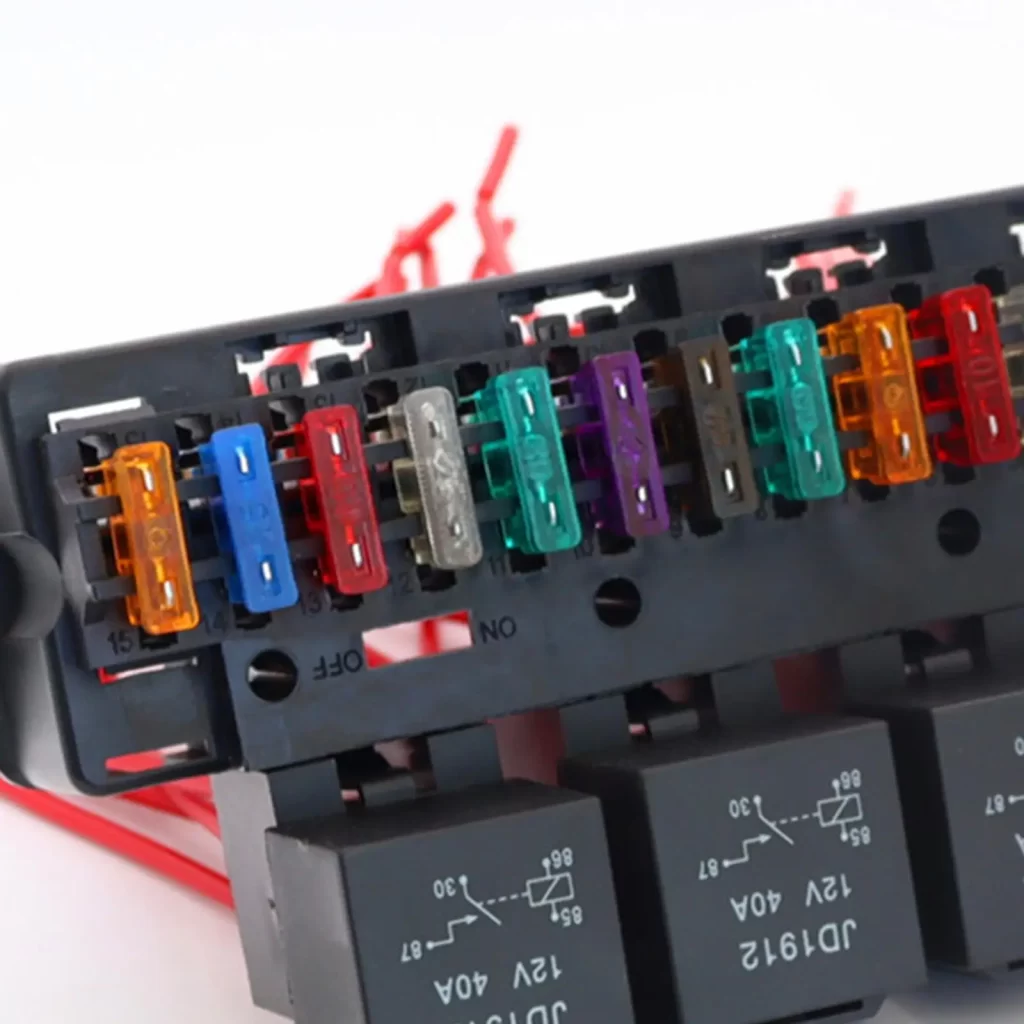Fasteners may seem like simple tools, but they play a pivotal role in the success and longevity of construction and geotechnical projects. From securing building components to anchoring geosynthetics like geogrid, fasteners are crucial for maintaining structural integrity. In this article, we will delve into the different types of fasteners, their applications in construction, and their essential role in geogrid-based projects for soil reinforcement and slope stabilization.

What Are Fasteners and Why Are They Crucial?
Fasteners are mechanical devices used to connect two or more objects. Common types of fasteners include bolts, nuts, screws, washers, anchors, and rivets. These devices hold materials together, ensuring stability in a wide variety of industries—from construction to electronics and automotive.
In construction, fasteners are integral to creating secure, long-lasting structures. For geotechnical applications like soil stabilization and slope reinforcement, fasteners are used to attach geogrid materials to surrounding structures, ensuring stability under load and environmental stress.
Common Types of Fasteners
Fasteners come in various forms, each designed to perform specific tasks. Here are the most common types:
- Bolts and Nuts: Bolts and nuts are typically used for structural connections that require strength and adjustability. They are commonly found in heavy-duty construction projects, such as bridges, buildings, and retaining walls.
- Screws: Screws are often used when a secure, permanent connection is needed. The threaded design of screws helps them anchor materials firmly, making them ideal for securing geogrid fabric in soil reinforcement applications.
- Rivets: Rivets are permanent fasteners that are used when welding is not feasible. They are commonly used in aerospace, manufacturing, and construction applications.
- Washers: Washers are used alongside bolts and nuts to distribute the load evenly across the material, preventing damage from excessive pressure.
- Anchors: Anchors are used in concrete, masonry, and other materials that cannot support direct threading. They are essential in geotechnical applications, where they help secure geogrid to the surrounding soil or structure.
The Role of Fasteners in Geotechnical Engineering
In geotechnical engineering, fasteners play a critical role in projects involving geogrid materials. Geogrid is used to reinforce soil, stabilize slopes, and improve the structural integrity of retaining walls. Fasteners such as bolts, anchors, and clips are used to secure the geosynthetic fabric to the soil or structure, ensuring it performs its intended function.
Fasteners help prevent slippage and material failure by keeping the geogrid in place during periods of heavy traffic, water flow, or seismic activity. Without the proper fasteners, the geogrid could become dislodged, compromising the stability of the entire system.
Choosing the Right Fastener for Your Project
Selecting the right fastener depends on several key factors, such as the materials involved, the expected load, and environmental conditions. Here are some factors to consider:
- Material Compatibility: Ensure that the fastener material is suitable for the surfaces you’re joining. For example, stainless steel fasteners are ideal for outdoor and marine environments due to their resistance to corrosion.
- Strength Requirements: Heavy-duty fasteners like bolts and anchors are ideal for high-stress applications, while screws are perfect for lighter loads.
- Environmental Considerations: For projects involving geogrid materials, consider the environmental conditions in which the fasteners will be used. Fasteners exposed to moisture, UV light, or extreme temperatures should be corrosion-resistant and durable.
For geotechnical projects using geogrid, select fasteners designed for high-stress applications and corrosion resistance, such as heavy-duty anchors, bolts, and washers.
Conclusion
Fasteners are the unsung heroes of the construction and geotechnical world. From securing beams in a building to anchoring geogrid materials for soil reinforcement, fasteners play an indispensable role in ensuring the stability and safety of structures. By understanding the different types of fasteners and selecting the right one for your project, you can ensure the success and longevity of your construction or geotechnical work.
Whether you’re tackling a DIY project or working on a large-scale construction job, fasteners are the essential components that hold everything together, ensuring that your structure stays strong and secure for years to come.